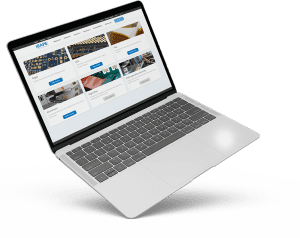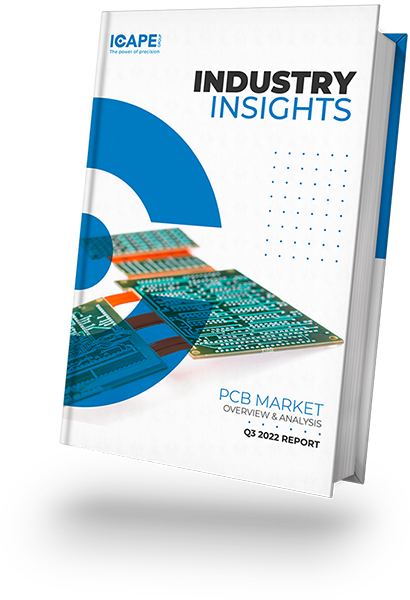PCB Surface Finish Options for
Enhanced Performance and Durability
Options available
With more than 20 years in the PCB industry, ICAPE Group has developed a solid knowledge of the different types of surface finishes. With our 27 partner factories in Asia, Europe, and Africa, ICAPE Group can fully manage and control all the stages of the PCB manufacturing process, which guarantees complete satisfaction for our 3650+ customers worldwide.
Lead Free Hot Air Solder Leveling - LF HASL
Pros
. Excellent solderability
. Cost-efficient
. Widely available technology
Cons
. Possible thickness difference on the surface
. Not suitable for fine-pitch components
. Abrasive with copper, depending on the alloy
. Thermal stress on the board
Immersion Tin
Pros
. Perfect flatness
. No Lead used
. Possible rework
. Top choice for press fit
Cons
. Sensitive, possible damage during handling
. Environmental problems with Thiourea used in the process
Immersion Silver Ag
Pros
. Excellent Flatness
. Perfect for fine pitch and small components
. Competitive price
. No lead
. Rework possible
. Aluminium wire bondable
Cons
. Sensitive to handling
. Reduced supply chain options
. Short window between operations
ENIG – Electroless Nickel Immersion Gold
Pros
. Flat surfaces
. Strong solderability
. Bonding friendly
Cons
. Not cost-effective
. Electroless nickel/phosphorous can have undesirable magnetic properties
. Aluminum wire bondable, but not gold wire
. Oxidation of Nickel can cause a soldering failure
ENEPIG – Electroless Nickel Electroless Palladium Immersion Gold
Pros
. Flat surfaces
. Strong solderability
. Bonding friendly
. The palladium layer eliminates potential corrosion from the immersion reaction
Cons
. Expensive technology
. Electroless nickel/phosphorous can have undesirable magnetic properties
. Solderability performance is reduced due to too thick palladium layer
. Slower to be wet
OSP - Organic Solderability Preservative
Pros
. Flatness
. Rework possible
. Clean and environmentally friendly
. Low cost
Cons
. Limited Shelf life
. Limited thermal cycles
. Difficult to inspect
. Request relatively aggressive flux at assembly
Any questions?
There is an ICAPE Group team close to you and your business. All around the world, our business units are staffed with native experts available to answer all your questions. Contact us today!


